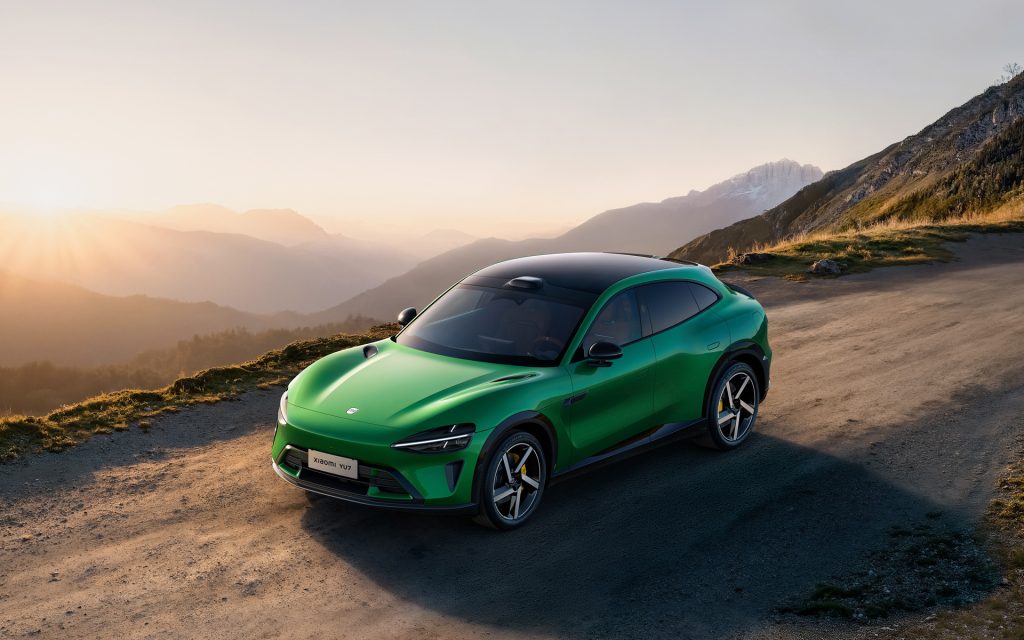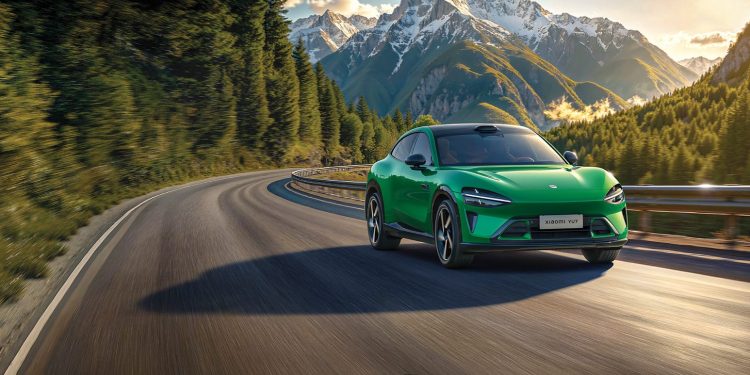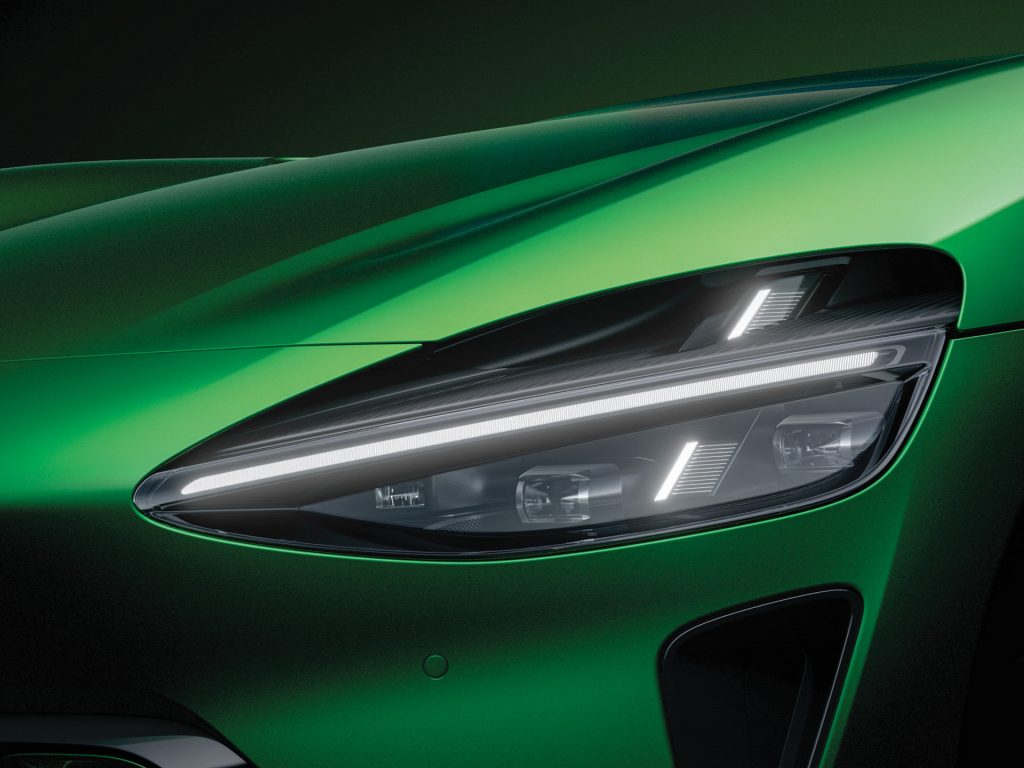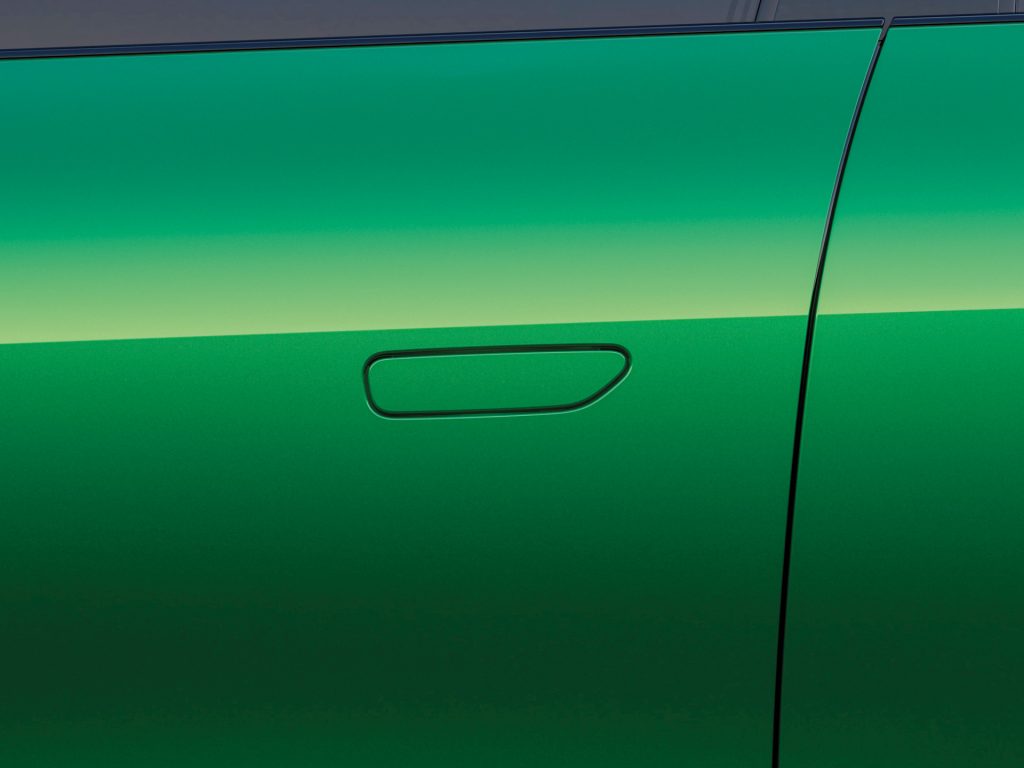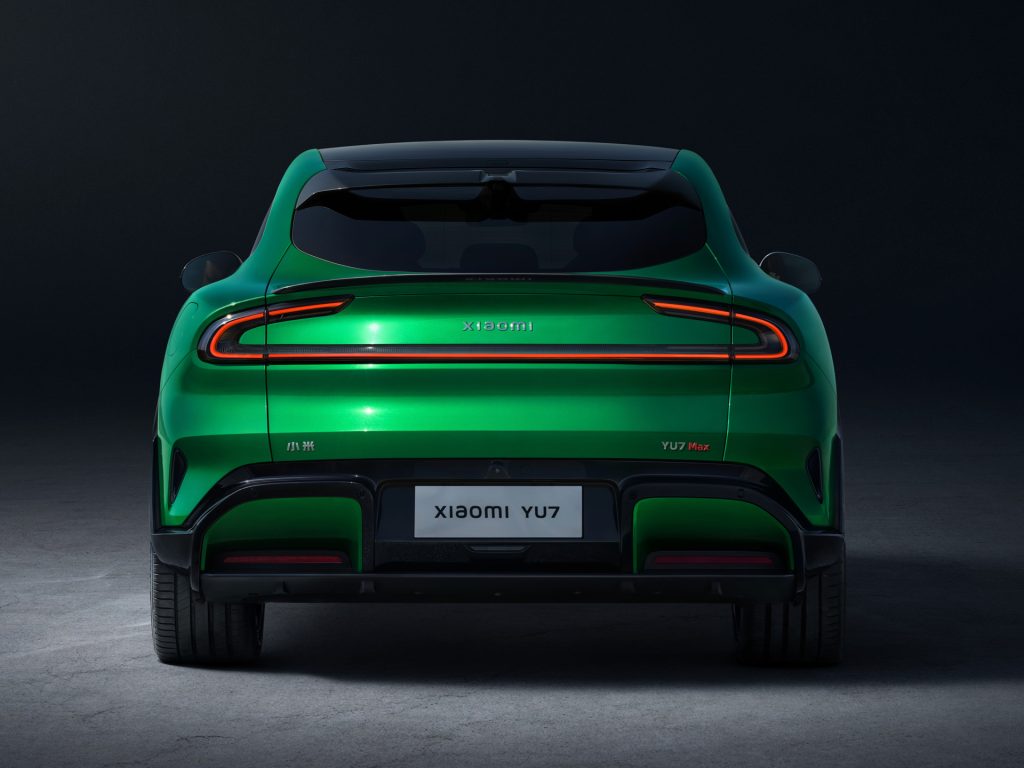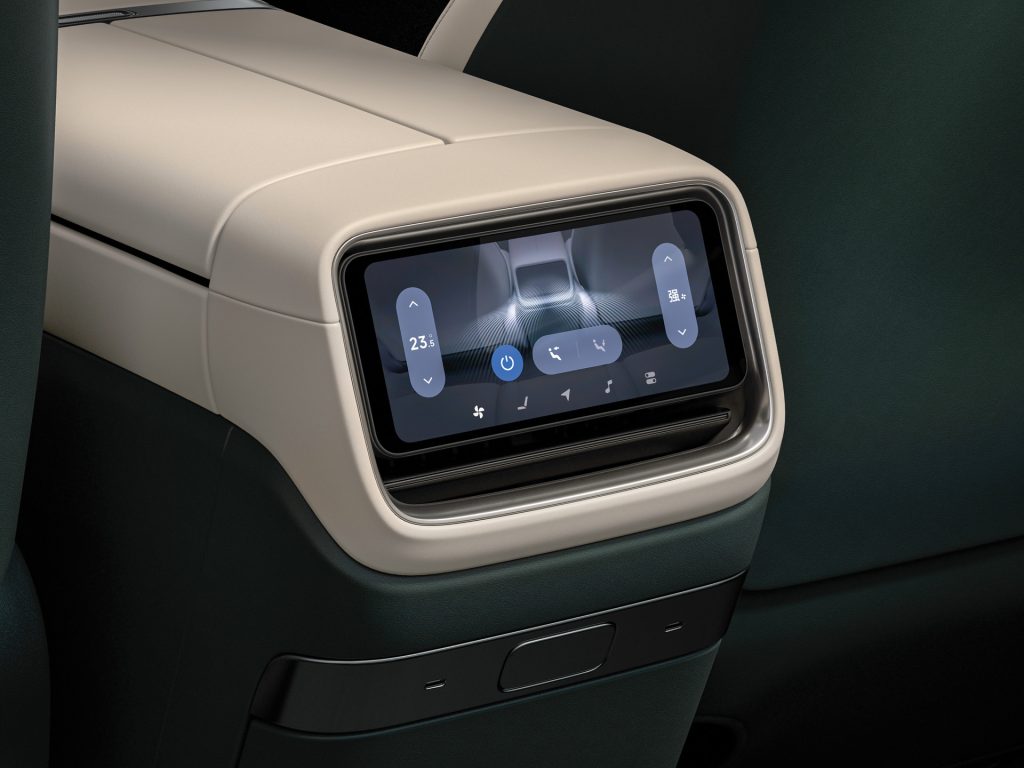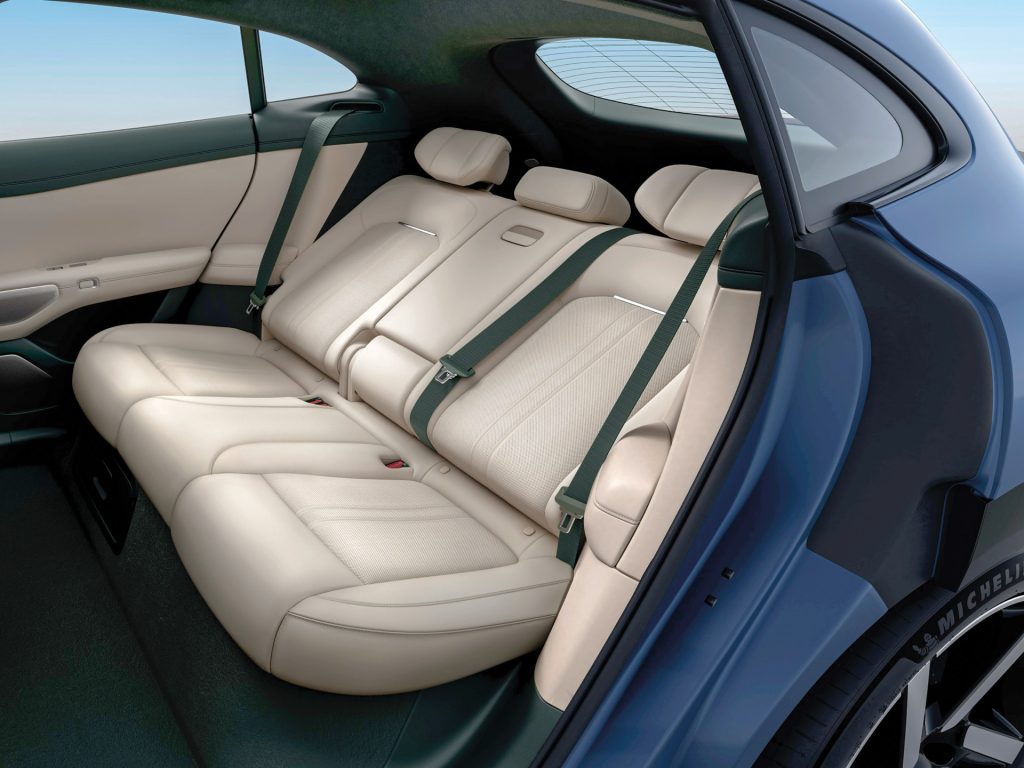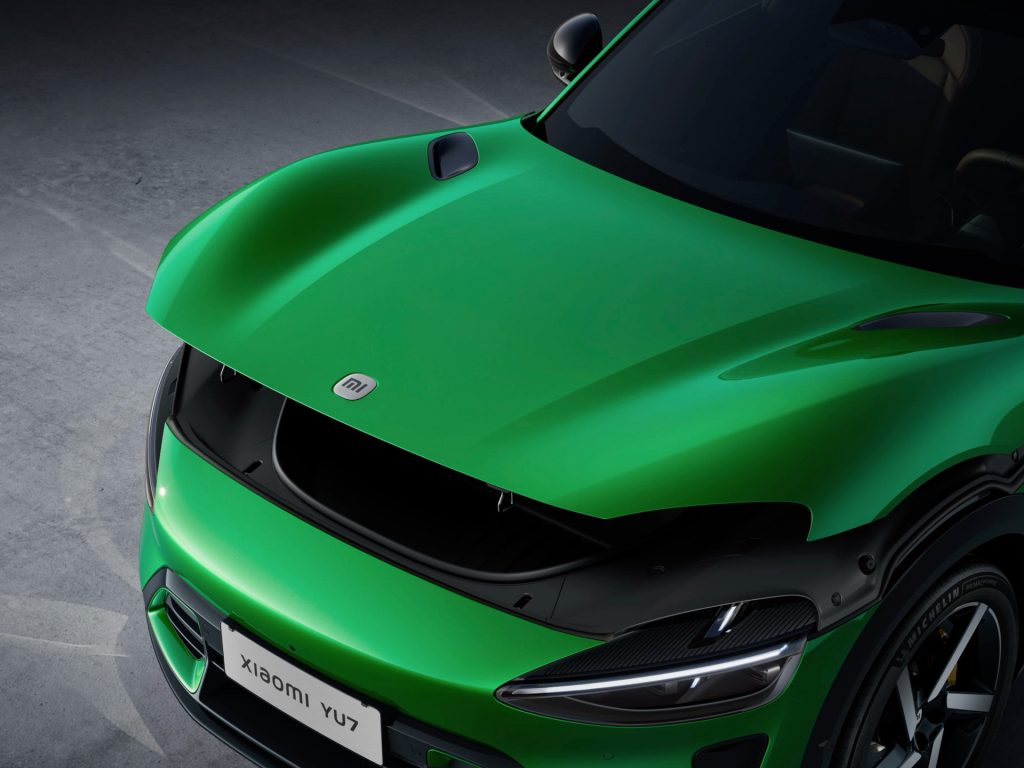2025 Xiaomi YU7 Max Review
Words: Mark Rainford - Inside China Auto
While there are no plans for the Xiaomi SU7 Max to make its way to New Zealand, it’s an interestintg prospect. It looks good, and is fully connected. But is it something you’d want to drive?
Until 18 months ago, nobody in automotive circles had ever heard of Xiaomi. One of China’s largest consumer electronics brands turned automaker, it has since sold 250,000 examples of its SU7. And with a stack of Nurburgring records, it is the Chinese car brand on everyone’s lips.
Its second model, the YU7, an electric SUV with the silhouette of a Purosangue, reportedly racked up 200,000 pre-orders in just three minutes. It is anticipated to unseat the Tesla Model Y as China’s most popular SUV once production has ramped up. But exactly what kind of car does a smartphone maker produce? And is it something you’d want to drive? The answers may surprise you.
Smooth Imitator
In Chinese culture, imitation is flattery. And while that’s not exactly compatible with modern intellectual property laws, it’s the context to the copycat elements you’ll often see in their designs.
The YU7’s styling borders on being an outright copy, or at least ‘heavily influenced’, borrowing elements from not one vehicle but three. In profile, the YU7 is inspired by the Ferrari Purosangue. At the front, the horizontal light strip within a blackened almond-shaped recess evokes thoughts of McLaren’s range. And at the rear, the slight ducktail spoiler and wraparound daytime running lights give off hints of Aston Martin.
Xiaomi boss Lei Jun himself spoke at the launch about how the beauty of car design is in the proportions. He has clearly instructed his design team to craft an impression of other cars without being a copy in any exact part. That, in fairness, is almost an art in itself.
Function isn’t entirely sacrificed either with as many as 30 aerodynamic features. One takes air through inlets above the headlights and channels it under the bonnet to outlets on the top. It’s still not quite as aerodynamic as a Model Y though.
Practicality is also impressive and not just in terms of space but function too. The YU7’s giant bonnet conceals a 141-litre powered frunk which can be opened via a button on the front wing. You can speak to the car from the outside (yes, that’s a thing), or merely stand in front of the car with your phone in your pocket for a few seconds. Both open the hood.
The boot works in much the same way and boasts a none-too-shabby 678 litres of space, though we suspect this might be measured to the ceiling, like in a Tesla. There’s up to 1758 litres with the rear seats down.
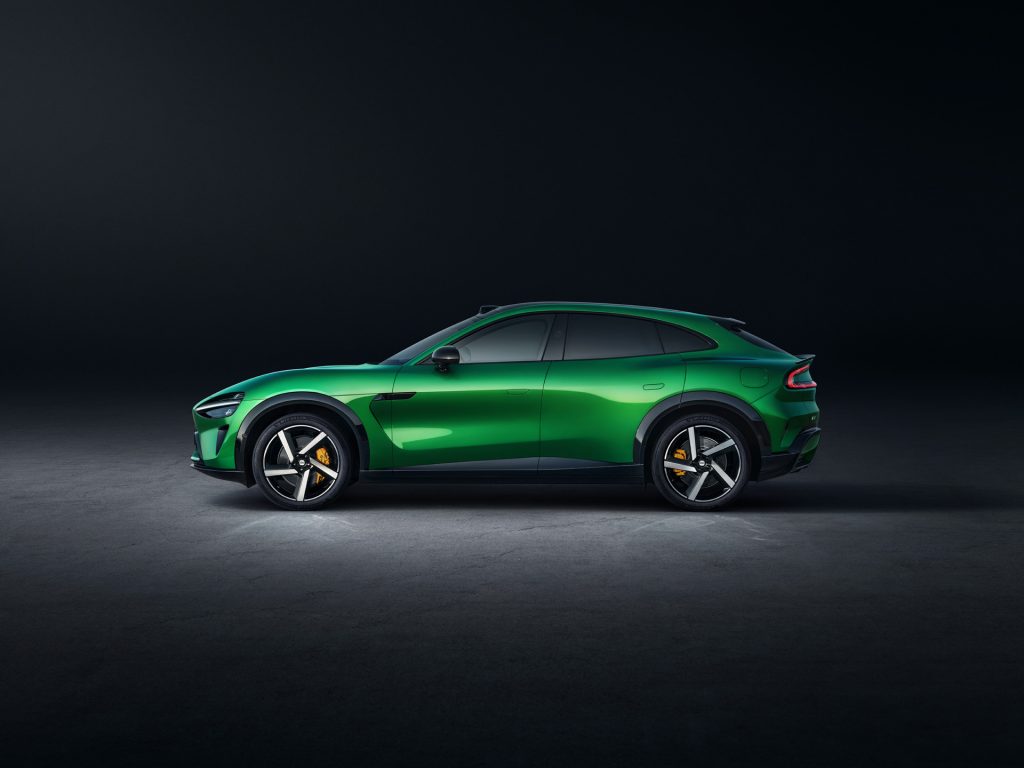
Speaking of Teslas, the YU7 is somewhat bigger than the Model Y,
around 250mm longer at 4999mm, and 70mm wider at 1996mm. It also rides on a longer wheelbase at exactly three metres but is marginally shorter in height at 1600mm.
Unlike the Model Y, it gets adjustable air suspension which can lower the ride height by 25mm, and also raise it by 50mm for a maximum ground clearance of 222mm, making it vaguely useful at soft-roading.
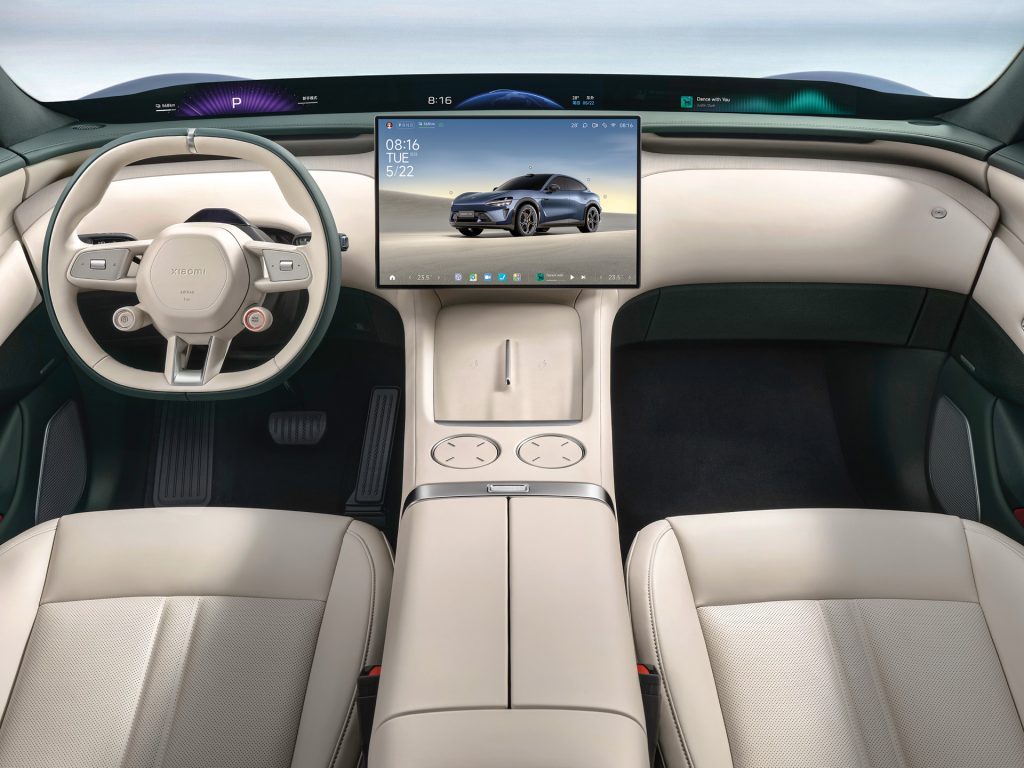
Technological tour de force
Chinese cars carry a reputation for being more than generous with their standard kit. That tends to include a big touchscreen with slick operating system, plentiful audio systems, and seats that’ll massage you through summer and warm you in winter.
The Xiaomi YU7 is of the same mould, only with the dial turned right up. It is indicative of the kind of premium car we can expect to head this way from China in future.
It gets a 16.1-inch 3k touchscreen and front heated, ventilated, and massaging seats. However, it also gets zero-gravity functionality on those front seats as well so you can take a nap when charging.
And it features Xiaomi’s HyperVision screen, which sounds fancy and is really rather natty. It’s essentially a 1.1-metre wide screen projected via three concealed HUDs onto the base of the windscreen, making it appear to be buried deep under the bonnet.
With custom graphics for the different driving modes, and with two adorable animated assistants in the form of a capybara and an otter that react when the car turns a corner, it’s designed to be an alternative to a standard HUD. There are three sections for your driving functions, your navigation, and your media. You can even get song lyrics on it.
The dashboard is something else. Curved recesses on each side make it feel more cockpit-esque, while soft touch surfaces, real carbon fibre or wood, and a microfibre rooflining, create a distinctly premium vibe. It’s a pleasing change from the acres of plastic you find in many Euro models.
The YU7 also delights with some genuinely thoughtful and useful touches, such as the magnetic tissue box behind the main screen, optional physical switchgear you can clip onto the base of the central screen, and smart mounting points on the dash.
Debuted on the SU7 but upgraded for the YU7, these mounting points allow you not only to attach something like a GoPro or a phone holder in a convenient location, but also power it as well, either wirelessly or with a USB-C cable.
There are also nine magnetic mounting points around the car for sunglasses holders, or even small Bluetooth-enabled buttons that can be customised to myriad functions across the car. Examples are opening the glovebox, putting your seat into zero-gravity mode, or even navigating the car to your home, plus hundreds more besides. You can even take a button into your house and stick it on the fridge, pressing it before you leave the house to pre-condition the car.
A cavernous 13.7-litre glovebox, twin 80W wireless chargers, 25 speakers, and a dimmable panoramic glass roof are the icing on the cake.
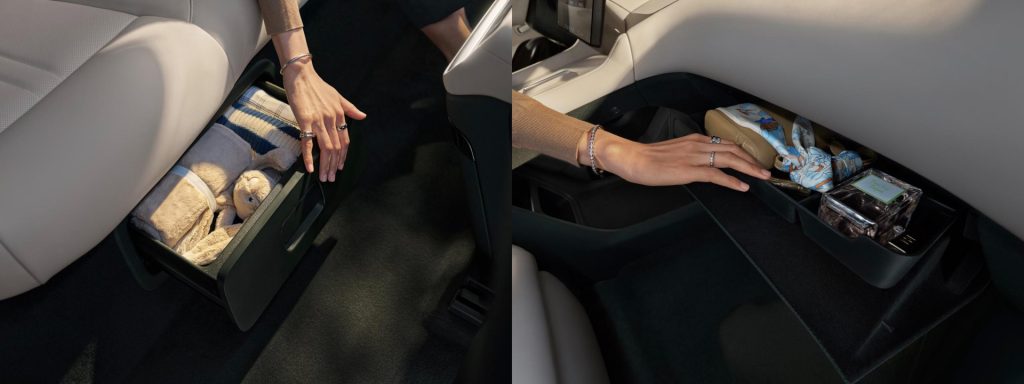
In the rear, while the YU7 is a little tighter on space than some two-row Chinese SUVs by virtue of that long bonnet, it’s still plenty big enough. It comes with heated rear seats, a 4.6-litre storage drawer that’ll cool from 2 to 15 degrees, and heat from 35 to 50 degrees along with a 6.68-inch removable screen for climate control and entertainment. There are mounting points for tablets, which can all be connected to the main system regardless of whether they are Apple or Android. That’s something Apple certainly wouldn’t have made possible had they built their car.
There’s also a 5.2-litre storage drawer under the passenger-side rear seat, and a magnetic, powered rail on the ceiling behind the rear seats, on which you can attach lights, cameras, charging ports. And as you might expect from a consumer electronics brand, there’s also a projector so you can watch films while parked up.
Oh, and did we mention you can control your connected Xiaomi home devices directly from your car, like your rice cooker, robo vacuum, and air conditioning, and even answer your doorbell?
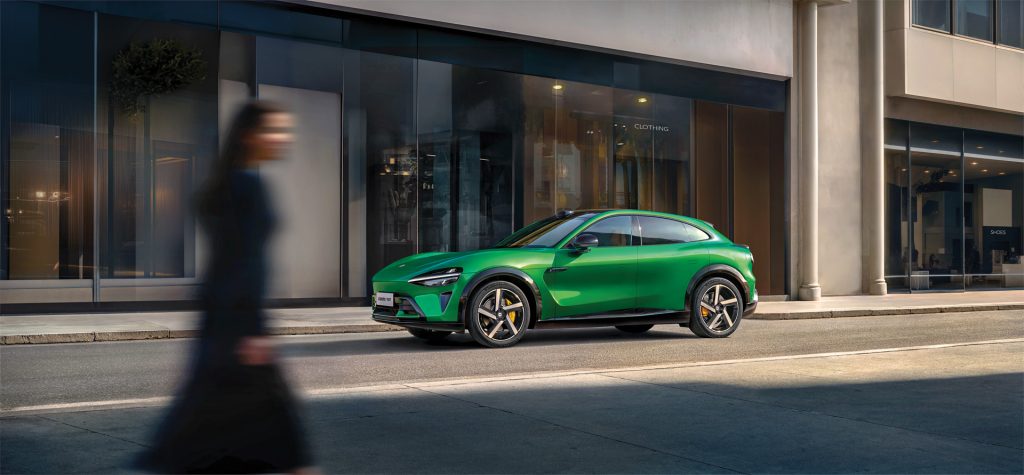
Refreshingly dynamic
But what of the driving experience? Is it just another Chinese white good on wheels?
That would be a resounding no. You see, most other Chinese car brands generally set cars up to be soft, squidgy and devoid of any emotional connection. But Xiaomi has taken a different tack by making cars you’ll actually want to drive.
The YU7 is fast, as you’d expect with as much as 508kW on tap in the Max edition, clocking a blistering 0-100kph time of just 3.2 seconds. But it also features ride quality and corners like a BMW. That should come as no surprise since Xiaomi hired more than a few key personnel from Munich.

While it’s still an EV, the YU7 doesn’t feel encumbered by its additional weight, instead moving with a precision and agility more akin to a Macan. It stays flat through twisting bends and provides plenty of feedback through the wheel. Dual-chamber air suspension on the AWD versions also means that the YU7 comfortably soaks up poor surfaces, though there weren’t too many on our driving route.
Packing a 101.7kWh battery, the Max version gets a range of up to 760km, albeit on the very generous CLTC cycle. It will charge from 10 to 80 percent in just 12 minutes on the right charger.
And with a price tag equivalent to $NZ78,500 in China, just a fraction more than the Long Range Model Y here, you can see why it’s proving popular.
A win then?
Finding an EV that combines driving enjoyment and next-level connectivity is hard, because Europe tends to do one well and China the other.
Xiaomi has managed to combine both in the YU7, and to another level entirely when it comes to the connectivity side of things. And it is all in a package that, to these eyes at least, is considerably more desirable than a Model Y, with faster charging and more equipment to boot.
There will no doubt be a whole bunch of people saying ‘but I don’t need all that extra stuff’. That’s fine but even without, the YU7 remains a fantastic car to drive and live with.
Xiaomi’s boss reportedly likes to test models from other brands, choosing the bits he wants and asking his team to implement them in their cars. It’s a smart approach some legacy brands might do well to consider themselves. On this evidence, the YU7 would be as much of a hit outside of China as it is within.
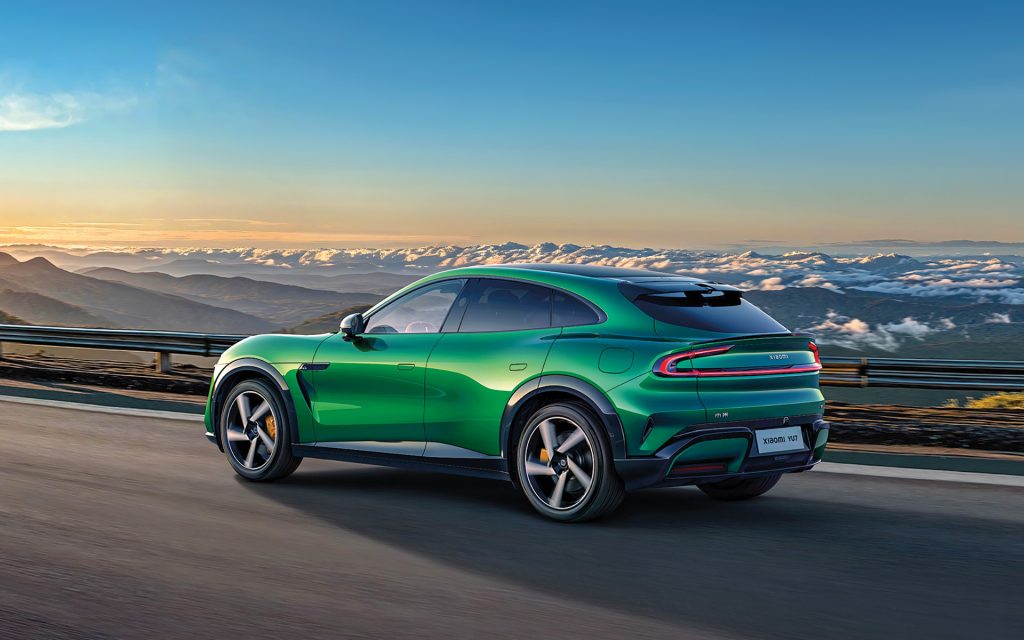
Accessories, accessories, accessories
Before Xiaomi started manufacturing cars they made consumer electronics and computer hardware. The YU7 comes with a range of innovative accessories that can easily attach to areas throughout the car. The central control screen accessory adds physical buttons to the display for added ease of use. The magnetic buttons can be used in hundreds of ways and programmed in tandem to initiate different functions within the car.
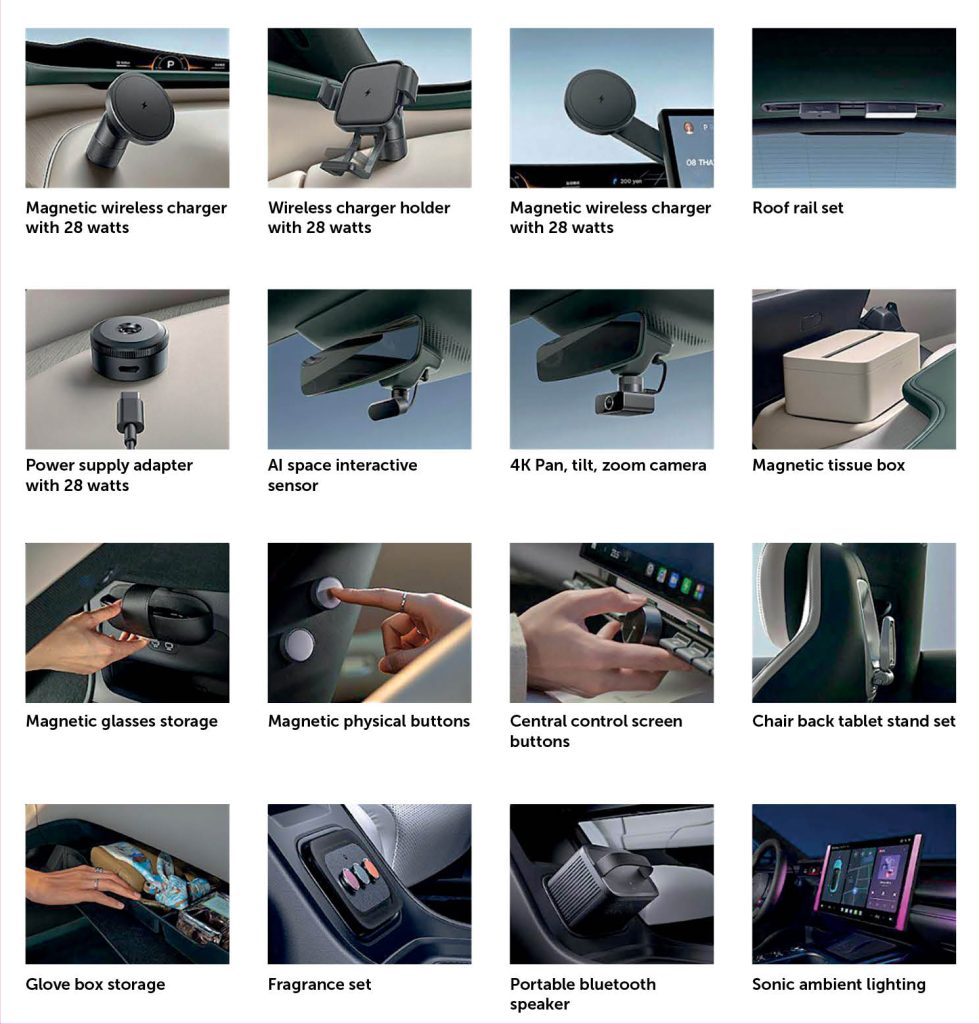
Xiaomi YU7 Max
$N.A / 14.7kWh/100km / 0g/km
0-100 km/h 3.2s
Motor 508kW / 866Nm
Battery/Range 101.7kWh / 760km
Drivetrain 1-speed auto / AWD
Weight 2405kg
